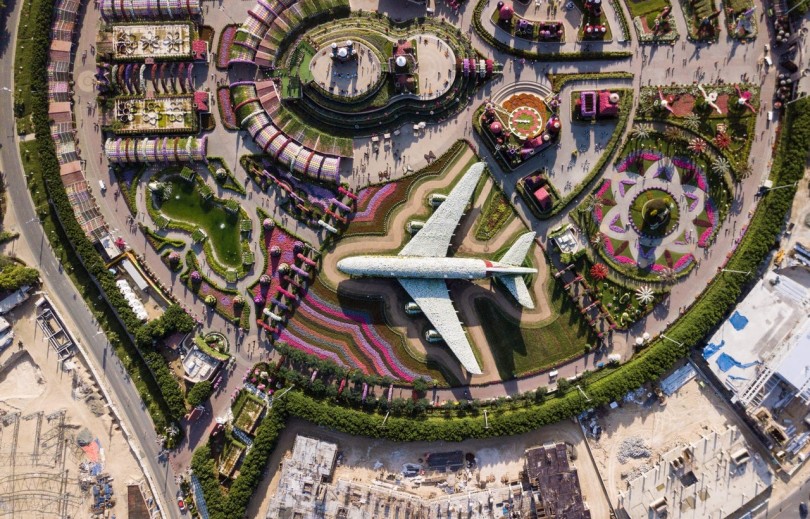How does Battery Energy Storage work?
19 Apr 24
Enviro ChatThe Global News Source for the World of Science and Chemicals
21 September 2020
Enviro Chat
While coronavirus continues to devastate economies and prematurely claim countless lives across the globe, the crisis has incurred one small silver lining – the concurrent effect it has had on air pollution. With industry and transportation coming to something of a standstill, carbon emissions are projected to be down by 8% in 2020 compared to last year.
However, research conducted by the United Nations Environment Program suggests that if the maximum ceiling of a 1.5°C increase in global temperatures (as agreed upon at the 2015 Paris Climate Summit) is to be achieved, a similar drop of 7.6% in emissions will need to occur every single year between now and 2030.
Clearly, the short-term gains that have come as a side-effect of quarantine measures geared towards controlling the pandemic are not sustainable. Therefore, in order to have any chance of achieving the ambitious targets set out in Paris five years ago, the world must engineer a green recovery strategy from the current healthcare crisis – and the Middle East is well-placed to lead the way.
Countries in the Arab Gulf have traditionally built their wealth upon the vast stores of fossil fuels contained within their territories, but now could be the perfect time to transition to a new energy and economy portfolio. Indeed, the UAE has already been leading by example on that front, having earmarked a goal of deriving three-quarters of its energy from clean, sustainable sources by 2050.
In order to achieve that objective, the country opened the world’s largest single-site solar farm at Noor Abu Dhabi last year. With a total capacity of 1.18GW, the plant is big enough to service the needs of 90,000 households. Additionally, there are plans for other solar farms in the pipeline, while the country has also recently opened the Arab world’s first nuclear power plant, capable of generating 5.6GW.
While the UAE may be perhaps the best placed country in the Middle East to transition to a greener tomorrow, it’s not the only nation with such intentions in mind. Saudi Arabia’s Crown Prince unveiled his Vision 2030 strategy several years ago, with an emphasis on diversifying the country’s oil-dependent economy and shifting towards a greener energy profile.
At the start of this year, Saudi Arabia launched a tender for a 1.2GW solar farm, while plans are also afoot to construct two large nuclear reactors in the near future, with an overall aim of achieving 17GW from nuclear and a further 40GW from solar by 2040. Should both countries be successful in their efforts, the Middle East could soon overtake the EU – many states of which are struggling to meet their own targets – in becoming the global leader of the sustainable energy revolution.
DOWNLOAD PDF

2 Day Seminar Program
@ ArabLab+ 2024
24 & 25 September 2024
Your stay in Dubai
Labkit
Product News
Chemkit
Product News
Thinking about exhibiting at ARABLAB 2024? Watch our video to find out more.
Join the world’s leading organisations…
Join our mailing list and receive the ARABLAB newsletter and event updates.